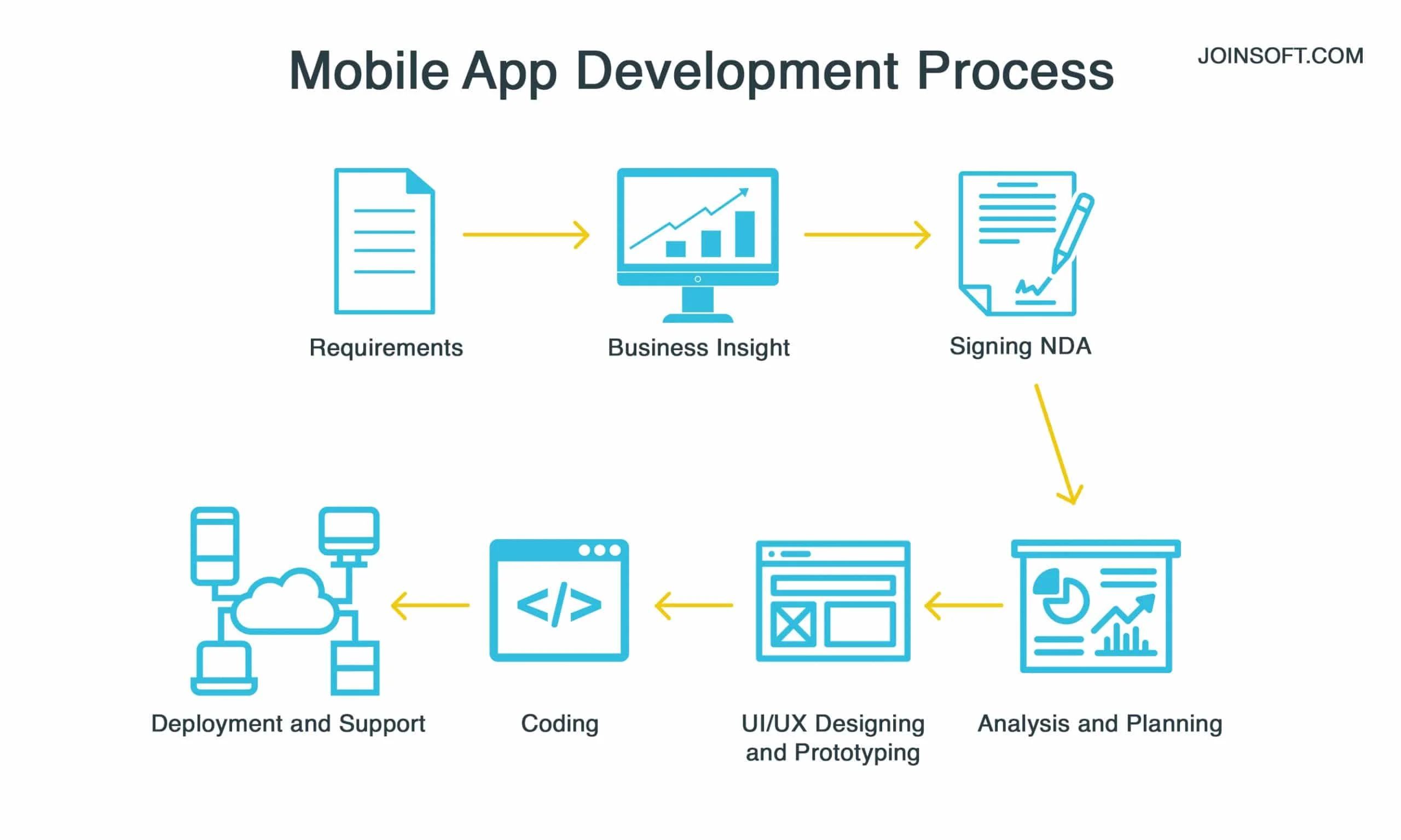Mobile app development process and strategies involve the systematic approach of creating and designing mobile applications for various platforms. This includes the planning, designing, development, testing, and deployment of the app, with a focus on user experience, functionality, and performance. The strategies employed in this process may include market research, competitor analysis, user feedback, and continuous improvement to ensure the success of the app in the highly competitive app market.
In the realm of mobile app development, there are various key elements and techniques that contribute to the success of an app. These include user interface design, coding and programming, integration of APIs, security measures, and performance optimization. Additionally, app monetization, marketing strategies, and ongoing maintenance are crucial factors to consider in the overall process. By implementing effective strategies and staying updated with the latest trends, developers can create successful and sustainable mobile applications that cater to the needs and preferences of the target audience.
Understanding the Mobile App Development Process
Mobile app development is the process of creating software applications that run on mobile devices. This process involves designing, building, testing, and deploying mobile apps for various platforms, such as iOS and Android. The mobile app development process typically includes ideation, wireframing, design, development, testing, and deployment. It requires a combination of technical expertise, creativity, and user-centric design to create successful mobile apps that meet the needs of users.
During the mobile app development process, developers use programming languages such as Swift or Objective-C for iOS apps, and Java or Kotlin for Android apps. They also utilize development tools and platforms like Xcode for iOS and Android Studio for Android. Additionally, developers may integrate various APIs, databases, and third-party services to enhance the functionality of the mobile app. The process also involves rigorous testing to ensure the app performs well and provides a seamless user experience.
Key Strategies for Successful Mobile App Development
Successful mobile app development requires careful planning and execution. One key strategy is to conduct thorough market research and identify the target audience to understand their needs and preferences. This helps in creating a user-centric app that addresses specific pain points and delivers value to users. Another important strategy is to prioritize the app’s features and functionalities to ensure a streamlined user experience without overwhelming the user with unnecessary complexity.
Furthermore, it’s essential to follow design and development best practices, such as adhering to platform-specific guidelines, implementing intuitive navigation, and optimizing performance and security. Additionally, incorporating user feedback and conducting beta testing can provide valuable insights for refining the app and addressing any issues before the official launch. Lastly, developing a comprehensive marketing and launch strategy is crucial for gaining visibility and driving user adoption of the mobile app.
The Role of User Experience (UX) in Mobile App Development
User experience (UX) plays a critical role in the success of a mobile app. It encompasses the overall interaction and satisfaction that users experience while using the app. UX design focuses on creating a seamless and intuitive flow for users, ensuring that the app is easy to navigate and provides value with minimal friction. This involves conducting user research, creating user personas, and designing wireframes and prototypes to optimize the app’s usability and accessibility.
UX design also involves considerations for visual design, information architecture, and interactive elements to enhance the overall user experience. By prioritizing UX in mobile app development, developers can create apps that not only function well but also engage and delight users, ultimately leading to higher user retention and positive reviews.
Choosing the Right Development Approach: Native, Hybrid, or Cross-Platform
When embarking on mobile app development, one crucial decision is choosing the right development approach. Native app development involves creating separate versions of the app for each platform (e.g., iOS and Android) using platform-specific languages and tools. This approach offers high performance and access to platform-specific features but requires separate development efforts for each platform.
Hybrid app development involves building a single app that works across multiple platforms using web technologies such as HTML, CSS, and JavaScript, wrapped in a native container. While hybrid apps offer cross-platform compatibility and faster development, they may not achieve the same level of performance and native user experience. Cross-platform development frameworks, such as React Native and Flutter, aim to combine the benefits of both native and hybrid approaches, allowing developers to write code once and deploy it across multiple platforms while maintaining native performance and user experience.
Security Considerations in Mobile App Development
Security is a critical aspect of mobile app development, as mobile apps often handle sensitive user data and have the potential to be targeted by cyber threats. Developers need to implement robust security measures, such as data encryption, secure authentication, and secure communication protocols, to protect user data from unauthorized access and breaches. Additionally, regular security audits, code reviews, and vulnerability assessments are essential to identify and address any potential security loopholes in the app.
Furthermore, developers should stay updated on security best practices and compliance regulations, such as GDPR and HIPAA, to ensure that the app meets industry standards and legal requirements for data protection and privacy. By prioritizing security throughout the app development process, developers can build user trust and mitigate the risk of security incidents that could damage the app’s reputation.
Monetization Strategies for Mobile Apps
Monetization is an important consideration for mobile app developers seeking to generate revenue from their apps. There are various monetization strategies that developers can explore, such as in-app purchases, subscription models, advertising, and freemium models. In-app purchases allow users to buy virtual goods or premium features within the app, while subscription models offer access to premium content or services for a recurring fee.
Advertising involves displaying ads within the app and earning revenue based on user interactions with the ads. Freemium models offer a basic version of the app for free, with the option to unlock additional features or content through in-app purchases. Developers should carefully consider their target audience and the nature of their app to determine the most suitable monetization strategy that aligns with user preferences and provides a sustainable revenue stream.
Post-Launch Maintenance and Updates
After the successful launch of a mobile app, the work doesn’t end there. Post-launch maintenance and updates are crucial for ensuring the app remains relevant, functional, and secure. This involves monitoring user feedback and app performance, addressing any bugs or issues, and releasing regular updates to introduce new features and improvements. Additionally, developers need to stay informed about platform updates and new technologies to adapt the app accordingly and maintain compatibility with the latest devices and operating systems.
Furthermore, ongoing app marketing and user engagement efforts are essential to retain existing users and attract new ones. This may include running promotional campaigns, gathering user insights through analytics, and incorporating user feedback to continuously enhance the app’s value proposition. By prioritizing post-launch maintenance and updates, developers can sustain the app’s success and longevity in the competitive app market.
| Step | Description |
|---|---|
| 1 | Identify the need and purpose of the app |
| 2 | Research and analyze the target audience |
| 3 | Design the user interface and experience |
| 4 | Choose the appropriate technology stack |
| 5 | Develop the app using agile methodology |
| 6 | Test the app for functionality and user experience |
| 7 | Launch the app and gather user feedback |
| 8 | Continuously improve and update the app based on feedback |



